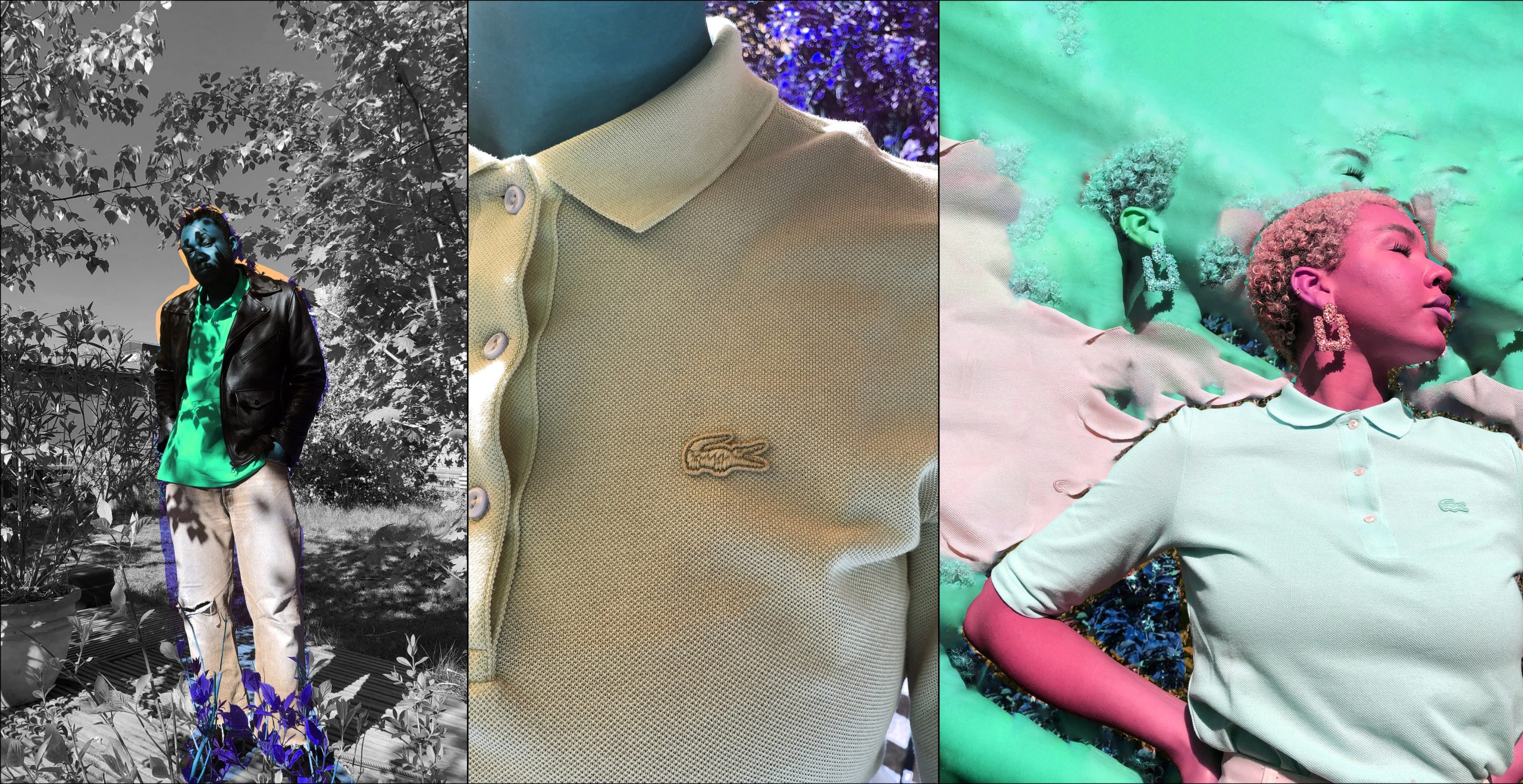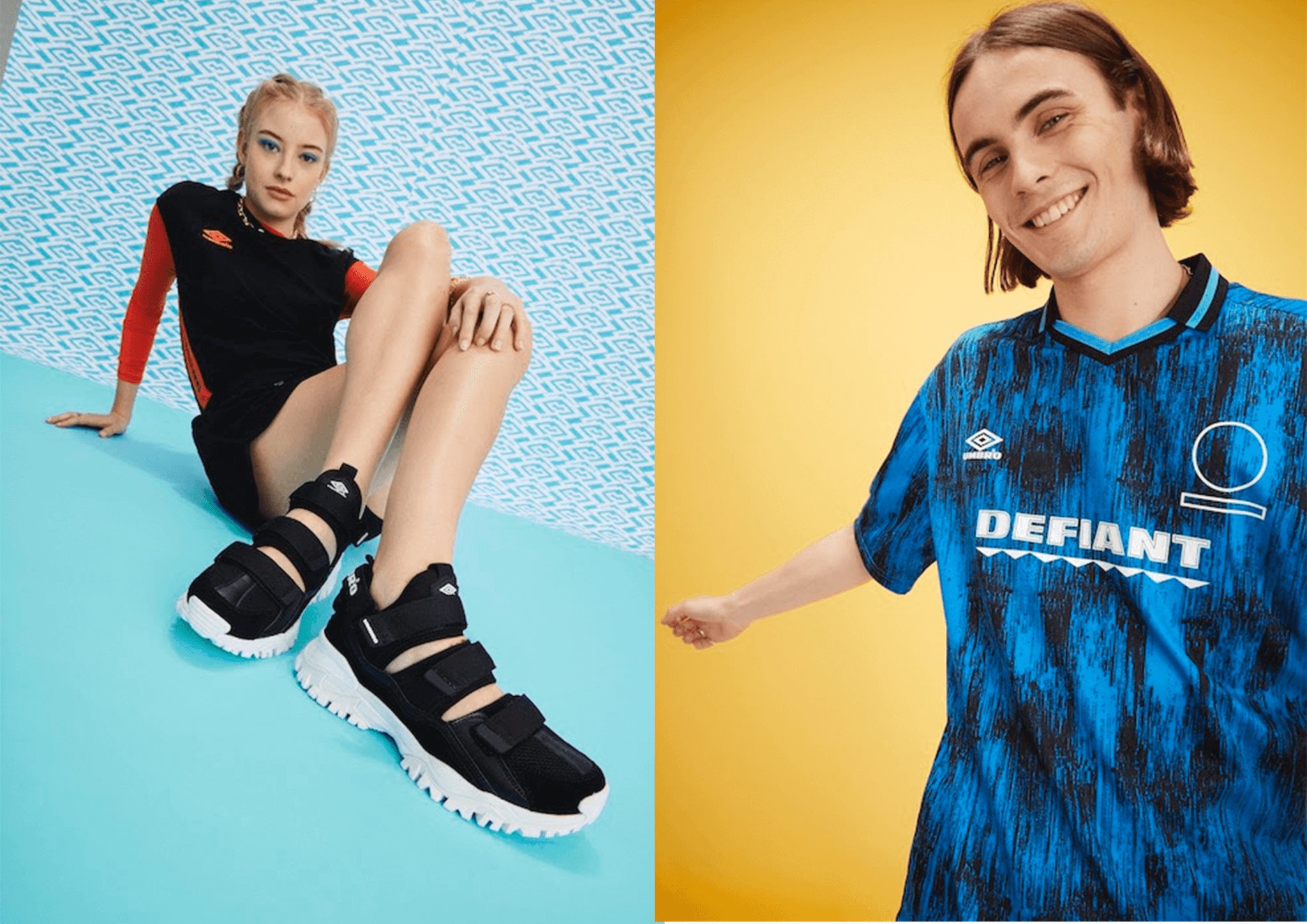“Schnapp macht das Krokodil” probably one of the most famous lines of the Hamburg Rap Crew 187 Strassenbande. But Lacoste is so much more than a tracksuit brand, as the Hamburg gang represents. The history of the Lacoste dynasty starts somewhere else – with the polos.
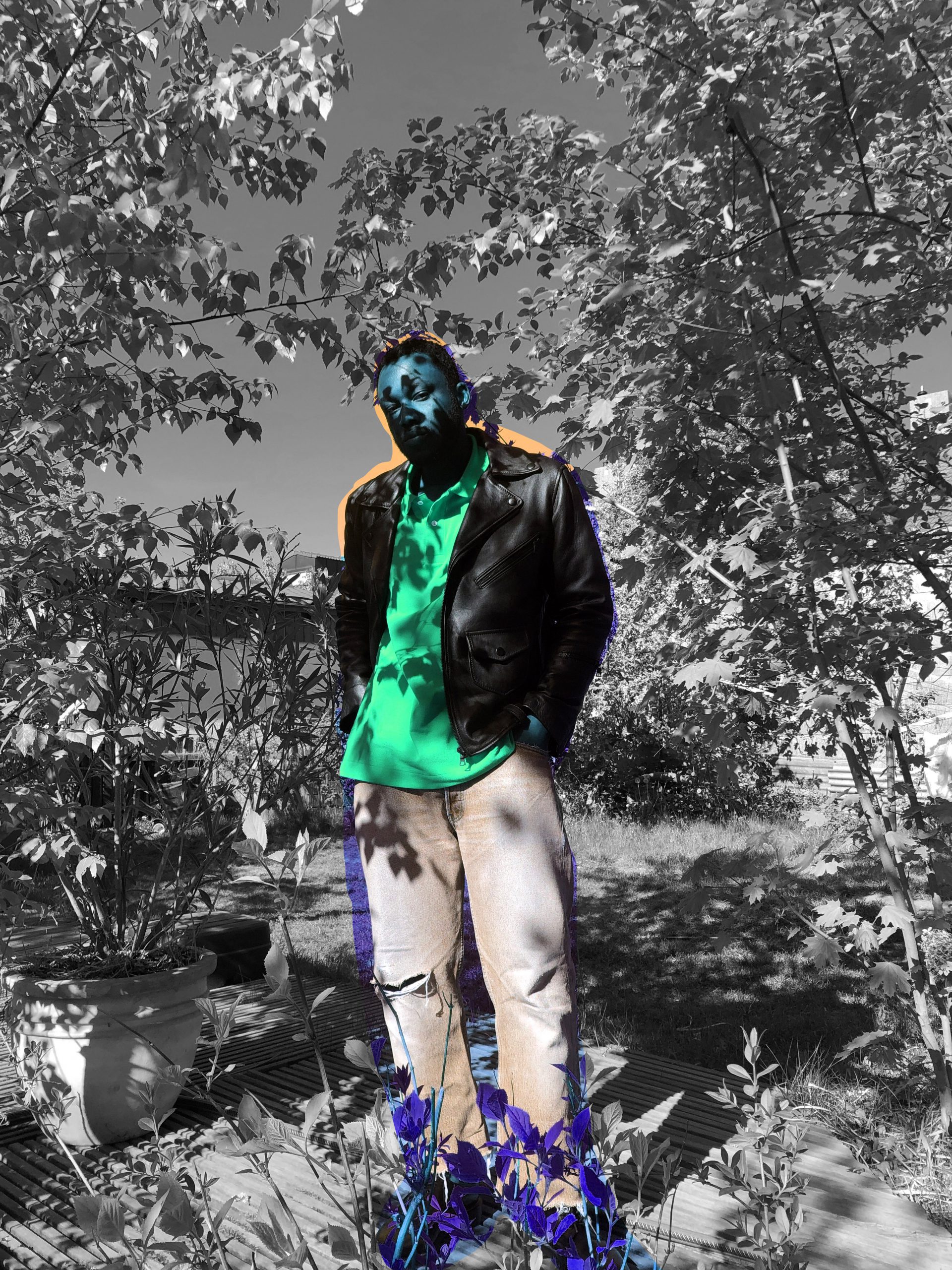
The crocodile
René Lacoste was promised a suitcase with crocodile leather by his former tennis teammate Pierre Gillou, who was the Davis Cup captain at his prime time, while window-shopping in 1923. However, René would only get the suitcase if he won the game of tennis that day, which was yet to come. Unfortunately, he lost that match. However, he showed ambition and persistence in the match (as in every tennis match), which is why the American press also called him a crocodile. This was also the reason for the suitcase deal with Pierre Gillou, which was already on everyone’s lips in the tennis scene. He was compared to a crocodile because he took on the character traits of a crocodile. As far as tennis was concerned, he was no prodigy, but he trained like a madman. His team partners were completely exhausted after each training session, although René only really got warm then. René’s dad was his unchallenged mentor.
His father gave him an ultimatum that he could only play tennis if he became champion within five years. For the first time, René held a tennis racket in his hands at 15.
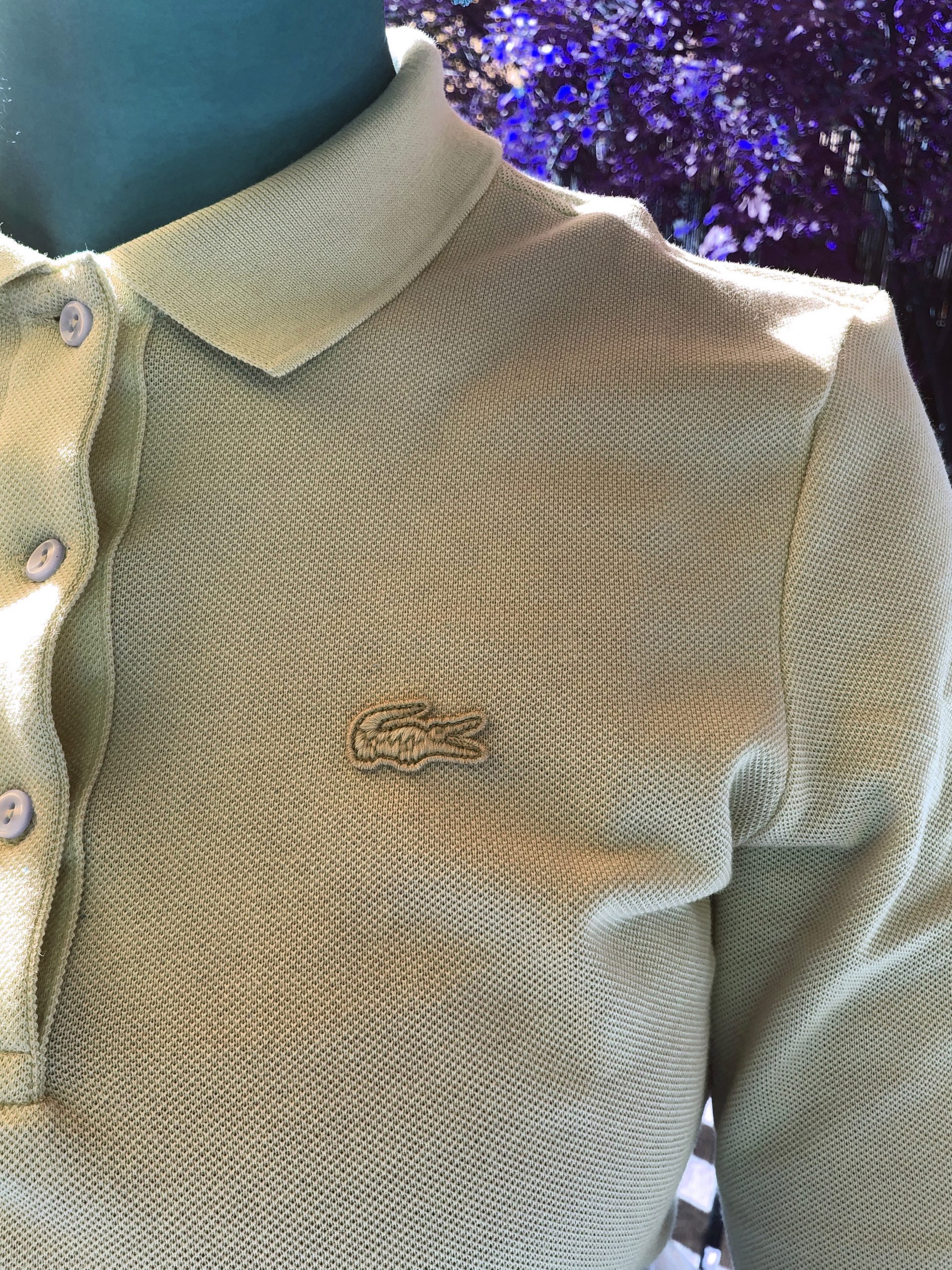
René’s ambition
René was able to win seven Grand-Slam championships during his career as a tennis player. He showed his tenacity, for which the young Lachst was already known, time and again on the tennis court. He also let his opponents feel this. He defeated his opponents in a merciless but strategic way and bit through every game with a fight. After he had made friends with his new nickname, a medium-sized green crocodile was embroidered on his tennis clothing from then on. This embroidery quickly became known as his trademark.
His legacy – the polo shirt
So René Lacoste had the idea to intrigue his trademark, the crocodile, into the branding of his own brand. The most famous piece of clothing of him is probably the polo shirt. In the beginning René wore his polo shirt exclusively himself. In 1927, it was customary to play tennis with a blazer, long-sleeved shirt, long trousers and even a tie, which René found extremely restrictive. This gave him the idea of creating his own tennis clothing. Thanks to the specially developed ribbed fabric (Jersey Petit Piqué), the polo was more permeable to air and offered more comfort during the game. The first polo shirts he wore were white, had a collar with buttons (like a shirt) and short sleeves, which made it much easier to play.
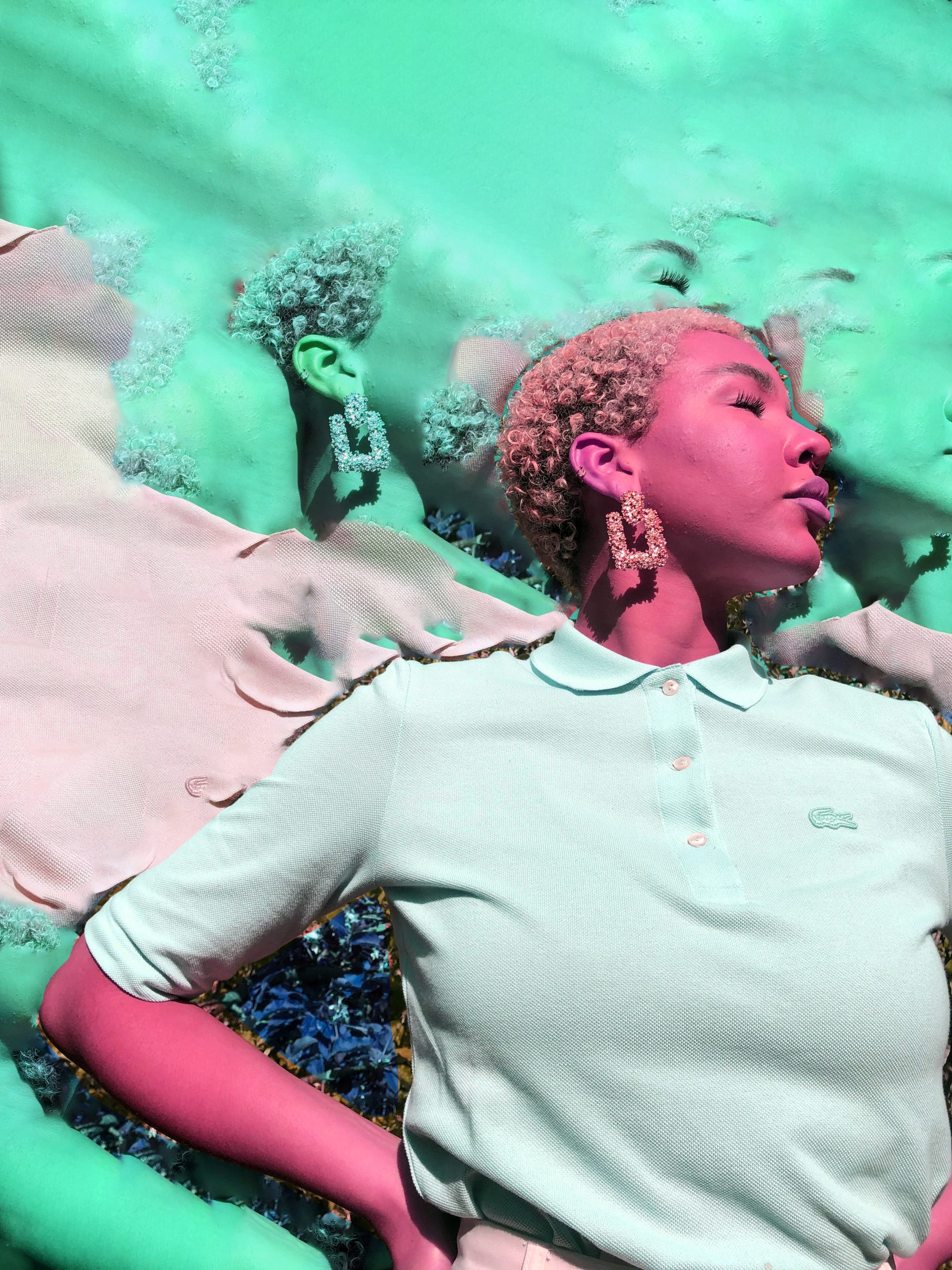
A reptile on the road to success
The polo shirt is without a doubt considered a fundamental piece of men’s fashion today. After René Lacoste had retired from tennis at the beginning of the 1930s, he founded the company ” La Chemise Lacoste” with his friend André Gillier, the then president of the largest French textile company. Their aim was to produce and sell shirts with crocodile embroidery. The Lacoste tennis shirt arrived in the USA in 1952 and was deliberately branded as a “ status symbol of the competent sportsman” in order to establish Lacoste in the upper social classes.
At that time, the crocodile logo was still associated with the Izod of London brand. Izod was looking for a high quality product, which led to Lacoste licensing its brand to the company and thus the trend landed in the USA. Izod Lacoste, under which name the brand was first known in the USA, initially seemed like a flop. At the beginning of the 1950s there were not many interested customers for the polo shirt with the small crocodile on the chest. But Vincent De Paul Draddy, the man responsible for licensing, had a brilliant idea. He supplied some of his famous friends, including JFK, President Eisenhower and Bing Crosby with Izod Lacoste Polos. From then on, Polos were not only widely known, but could also be found in department stores. People liked to wear them – especially because the ” rich” and ” famous” were already fans.
However, the trend slowed down in the early 1990s. Lacoste and Izod separated in 1993 – Lacoste continued to grow and raise prices, while Izod became cheaper and gave up the crocodile logo.
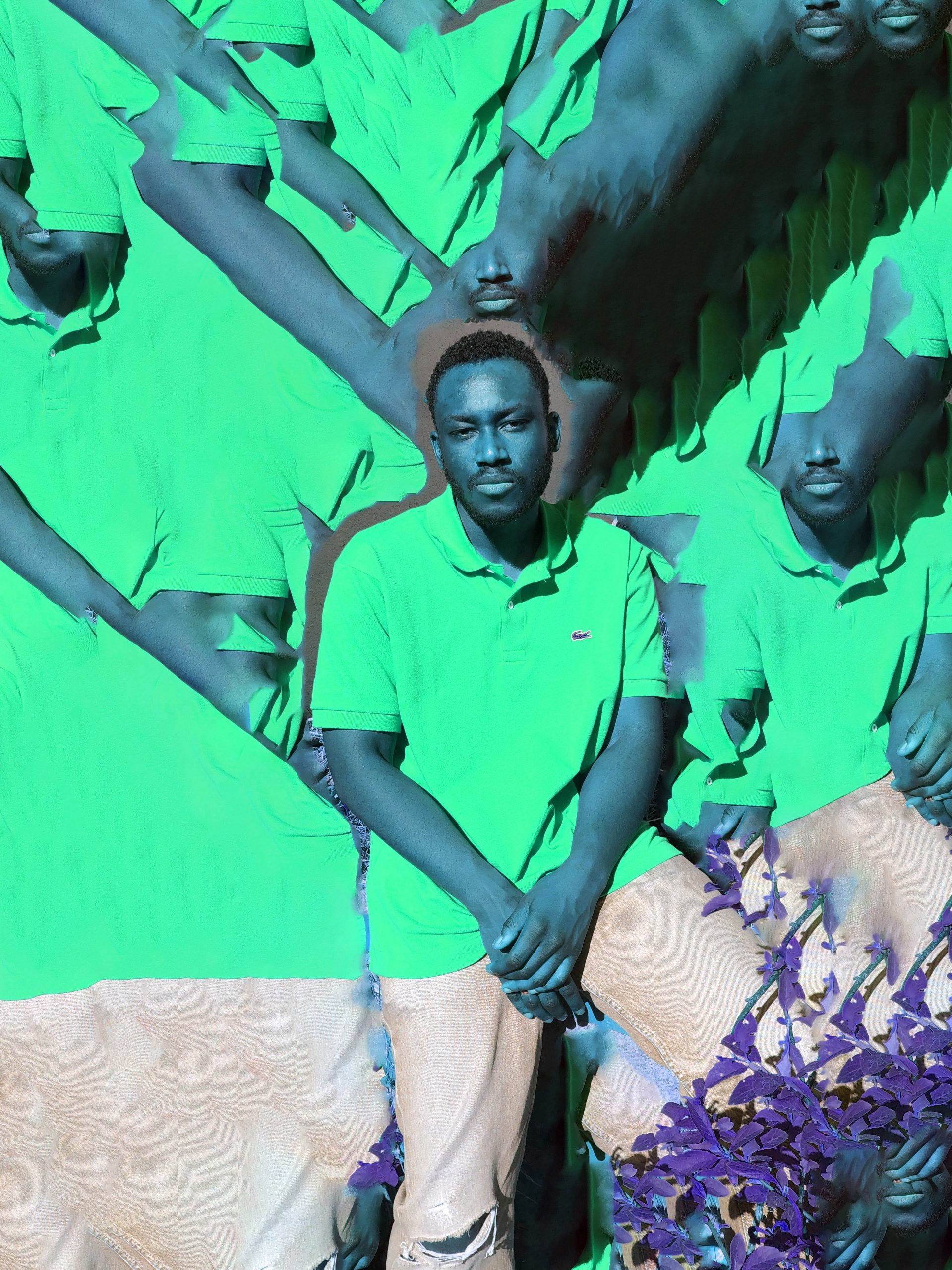
Functional then – timeless fashion today
Over the years, René Lacoste has achieved increasing success with his brand. Soon it was only a matter of time until first imitators tried to surf the wave by copying the crocodile and selling it under their own name.
Designers and brands from different price ranges have made it their business to embroider animals on polo shirts: ponies (Ralph Lauren), marlins (Tommy Bahama), eagles (American Eagle) and even the crocodile itself. The China-based company Crocodile Garments was involved in a lawsuit with Lacoste over the rights to the crocodile for over a decade, until Crocodile Garments accepted to change its logo in 2003.
Today Lacoste is experiencing its second heyday – when it comes to colours and cuts, Lacoste designs are always adapted to the latest trends. The company communicates worldwide the goal to offer the customer a product that stands for comfort and style. High quality materials guarantee optimal durability. Nowadays the polo shirt can be found in various cuts from “Slim Fit” (very narrow cut), “Custom Fit” (casual, wide cut) to “Big and Tall” (in large sizes).
What then developed from a man’s passion for tennis has become a big player in the fashion world over time.








